 Exactly 150 years ago this year, the people of Carndonagh and district were enjoying an upsurge in prosperity. The Great Famine was 20 years behind them and the rural economy was making good progress. In the picture above, the dominant building on the left is the Northern Banking Company, the first commercial bank to open in the town. Post Office Savings Banks, a Loan Fund and agricultural banks would follow in the district. The bank was established following the presentation of a memorial by the gentry and business folk to the directors of the banking company.
Exactly 150 years ago this year, the people of Carndonagh and district were enjoying an upsurge in prosperity. The Great Famine was 20 years behind them and the rural economy was making good progress. In the picture above, the dominant building on the left is the Northern Banking Company, the first commercial bank to open in the town. Post Office Savings Banks, a Loan Fund and agricultural banks would follow in the district. The bank was established following the presentation of a memorial by the gentry and business folk to the directors of the banking company.
On Friday 11 May 1866, there was an air of anticipation as two directors from the bank arrived in Carn. A warm welcome awaited William Valentine and Robert Hanna from Belfast as they viewed sites in the Diamond, the business heart of the town. Both knew the bank had great potential as the company already had a branch in Derry. After much discussion, they selected a site between the houses of Philip Doherty and John Gillespie. The local contact was John “the Cloth” Doherty of C & P Doherty, who was also the agent for the English and Scottish Law Assurance Society. At the official opening, speakers welcomed the bank describing Carn as “a rising town”. Historian Michael Harkin proudly noted in 1867, “The Northern Banking Company have a branch here”.
The staff of the bank were popular in the town. When a cashier, William King, was promoted, townspeople gathered in the Doherty Arms Hotel and presented him with a purse of sovereigns. He founded the Literary and Debating Society in the town during his tenure. Meetings were usually held in the Temperance Hall (before the Colgan Hall was built). Bank staff have played a major role in development of the town over the years. (Note the Enterprise Weekend recently)
Evidence of prosperity was to be seen in the construction boom of the period. There were two shirt factories and in 1859 Tillies sent out a tender for the construction of a factory and manager’s dwelling. Agents of English shirt makers had offices in the Diamond. The Convent of Mercy was also built at this time. Constructed at a cost of £1,300, it was not occupied by the time Michael Harkin wrote his history of Inishowen in 1867. William Scott of Tulnaree invited applications for the construction of a Presbyterian Manse at Tulnaree in 1857. On 9 June 1868, the Wesleyan Chapel was opened – “a neat and substantial” building according to reports. The design was by Thomas Brady of Carndonagh and the builders were Hutcheson and Colhoun of Derry. The cost was £400. With a population of 641, the town was well served by 23 public houses, of which Michael Harkin did not approve; four local bakeries kept bread on the table. Apart from the fairs and markets, the town was at the heart of Inishowen society as it also had the head quarters of the police, the Union workhouse and the courthouse.
Further north at Malin Head, tenders were invited for the construction of a Coastguard Station in 1869. Tourist guides often referred to the thatched cottages which housed the first Coastguard Station at Slievebane, the architecture of which was slightly different from local houses: “We arrived at the village of Slievebane which has a Coastguard Station”. (I recall the old thatched cottages at Trean, Tremone, now converted to out offices, which were erected before Tremone Coastguard Station was built; they stood out because of their unique porches and windows).
The town also had a Temperance Band, called after St. Macarten’s, and a Temperance Association.
I was a customer of the Northern Bank for many years but following the subsequent takeover by Danske Bank I was invited to close my account as the bank was moving out.
The bank was opened 150 years ago this year and is therefore one of the oldest businesses in the town, although now closed. Fortunately, a new business venture is expected on the site in the near future, but it certainly will not be a financial institution. (Research by Sean Beattie)
Happy New Year to all visitors to this site.
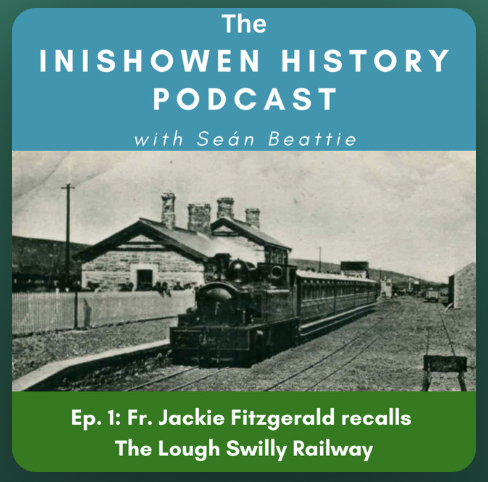
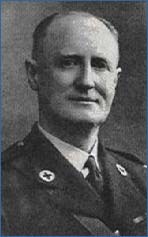
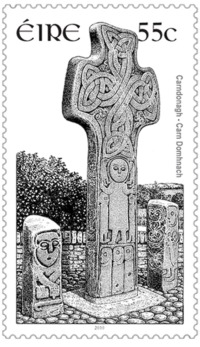
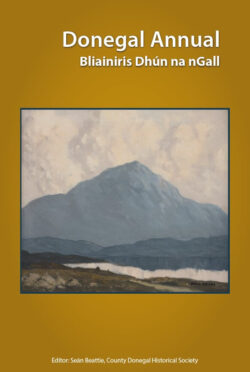
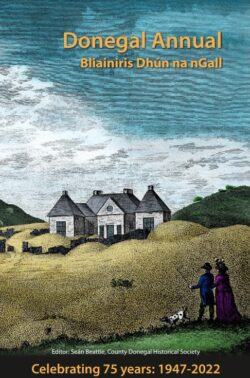
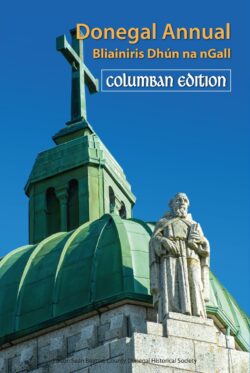
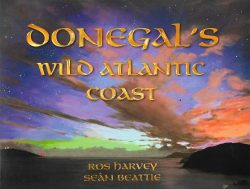

Leave a Reply